Online lending appeared in Vietnam from 2018 - 2019, then exploded during the COVID-19 pandemic. A series of simple lending apps were born with sky-high interest rates, causing many consequences.
The end of disguised black credit
To control this activity, the Government has just issued Decree 94/2025/NDCP, regulating a controlled testing mechanism in the banking sector (sandbox), including peer-to-peer lending (P2P Lending, online lending). Decree 94 takes effect from July 1.
Peer-to-peer lending is a form of direct connection between lenders and borrowers through an online platform. This form does not require traditional financial intermediaries such as banks, financial companies, etc.
A controlled testing mechanism in the banking sector has been officially issued, with the expectation of eliminating online lending in disguise.
According to the latest statistics from the State Bank, the number of companies operating or participating in providing fintech services and solutions in Vietnam has increased rapidly, from about 40 companies at the end of 2016 to about 200 companies in 2022. These companies operate in many different fields and sectors such as: payment, peer-to-peer lending, credit scoring...
However, online lending activities have many variations. Many companies use the P2P Lending model as a name, taking advantage of people's lack of knowledge to deceive, cheat, and advertise falsely. Some companies promise high profits and high interest rates to defraud and appropriate people's money to invest in this lending model. Some companies deceive borrowers about interest rates and loan conditions while applying "exorbitant" real interest rates, no different from black credit, negatively affecting the picture of online lending and consumer lending.
The Lao Dong newspaper has received many complaints from customers who are miserable because they borrowed money through online apps with sky-high interest rates, compound interest, and are unable to repay the debt; they are "terrorized" by debt collectors... Therefore, the Government's issuance of a new decree is expected to contribute to creating a more sustainable peer-to-peer lending environment for both borrowers and lenders. The goal of the pilot mechanism is to promote innovation, contributing to financial inclusion in a transparent, safe, and effective manner.
The P2P Lending trial will last for 2 years and will not apply to foreign banks. The trial results will be the basis for management agencies to research, develop and perfect the legal framework related to this lending field.
Talking to reporters, Mr. Tran The Vinh, General Director of Tima (a large-scale financial connection platform), assessed that the Government's issuance of Decree 94 is a very positive signal for the entire P2P Lending industry. According to him, for the first time, there is a legal framework for testing peer-to-peer lending activities, which will help businesses feel secure in investing and testing products in a legal "safe zone".
"The Sandbox will open up the ability to collect comprehensive real-life operational data for institutional and policy-making agencies. The testing process also allows for Open API piloting, opening up opportunities for controlled information sharing between credit institutions, fintech companies and third parties," Mr. Vinh analyzed.
Must control the "debt explosion" situation
Associate Professor Dr. Nguyen Huu Huan, Ho Chi Minh City University of Economics , said that P2P Lending used to be a trend in the US and China but has now cooled down. In China, from about 1,000 peer-to-peer lending businesses, after the government tightened regulations, only a few dozen businesses are eligible to operate.
For the Vietnamese market, starting to test the legal framework for this model at the present time is late but necessary to avoid falling behind. Because financial technology develops rapidly, requiring the legal framework to keep up.
One of the problems of the Vietnamese credit market is the black credit situation with high interest rates and a high rate of bad debt. Not to mention, the debt repayment awareness of some people is still low, there are even groups that guide how to "default on debt" and default on debt.
On the other hand, lending via apps has transformed into black credit and loan sharking. This is partly a consequence of the lack of a clear legal framework.
"To effectively test P2P Lending, Vietnam needs to clearly regulate interest rates, transaction mechanisms and build a personal credit rating system. Credit ratings help lenders assess the reliability of customers. In China, the social scoring system punishes "defaulters" in many ways, making them afraid to default. Vietnam needs a legal framework to support personal credit ratings and strong sanctions against defaulters, in addition to cracking down on black credit," Mr. Huan suggested.
Associate Professor Dr. Tran Hung Son, Director of the Institute for Banking Technology Development Research - Ho Chi Minh City National University, said that it is necessary to clearly define the boundary between illegal online community loans and P2P Lending; classify which models are illegal... It is necessary to give these lending platforms some time to adjust before issuing new management regulations.
"It is necessary to create conditions for this model to become a safe and effective investment channel; create conditions for borrowers to access reliable and reasonable capital sources with fair terms. There should be a loan ceiling to protect investors' rights and reduce financial risks. Because investors' ability to perceive risks and analyze information is limited," Mr. Son commented.
Need for strict monitoring mechanism
The sandbox mechanism helps participating units build sustainable trust thanks to the direct supervision of the State Bank throughout the testing process. Along with the 24/7 support and complaint handling process and periodic transparent reporting of the units, it will bring peace of mind to both borrowers and lenders.
The CEO of Tima - one of the first platforms in Vietnam to pursue the P2P Lending model so far - recommends that in order for the peer-to-peer lending market in Vietnam to develop sustainably and avoid the situation of black credit in disguise, it is necessary to strengthen management and supervision of peer-to-peer lending activities. Authorities need to have a regular monitoring and inspection mechanism to ensure that these lending platforms comply with legal regulations, especially regarding interest rates, credit appraisal processes, and protection of user information.
Source: https://nld.com.vn/dua-viec-cho-vay-online-vao-khuon-kho-196250508212534341.htm


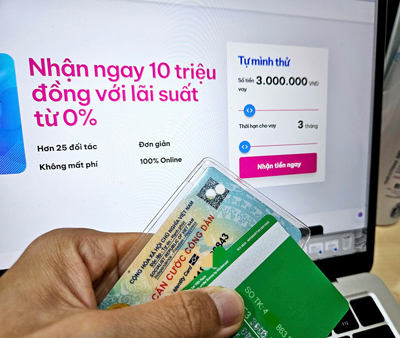












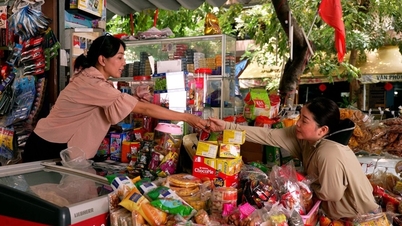

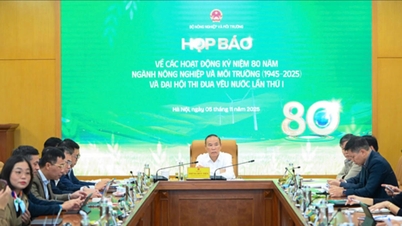











![[Photo] Opening of the 14th Conference of the 13th Party Central Committee](https://vphoto.vietnam.vn/thumb/1200x675/vietnam/resource/IMAGE/2025/11/05/1762310995216_a5-bnd-5742-5255-jpg.webp)




















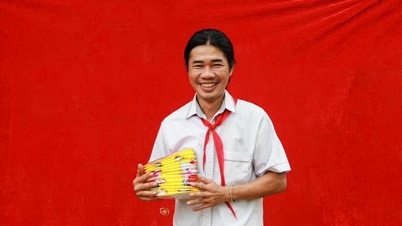

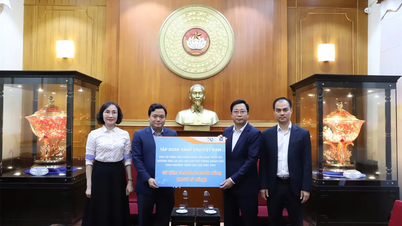



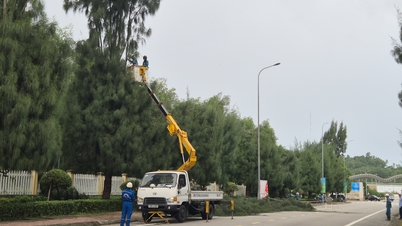



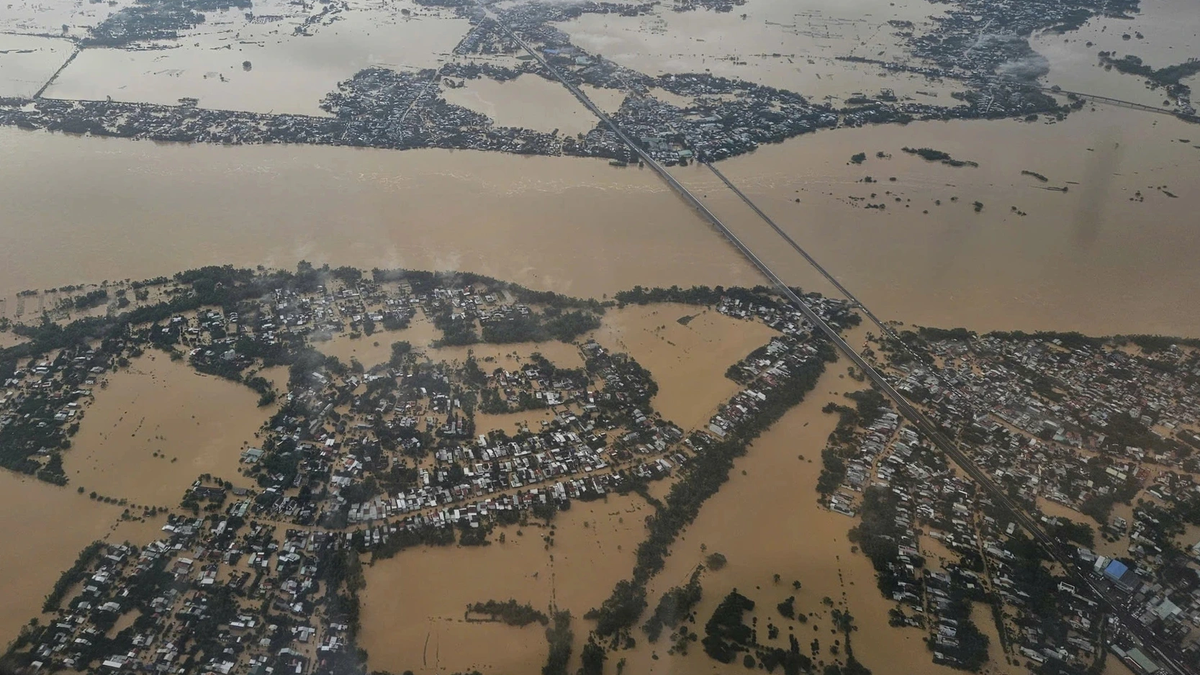








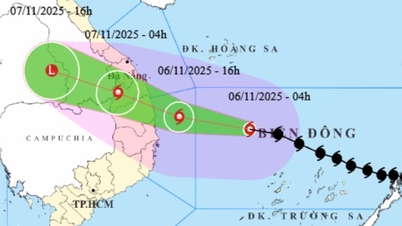








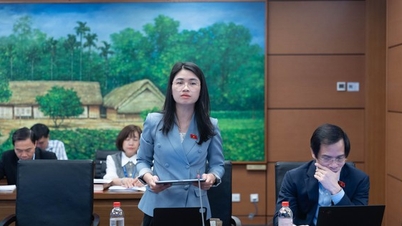








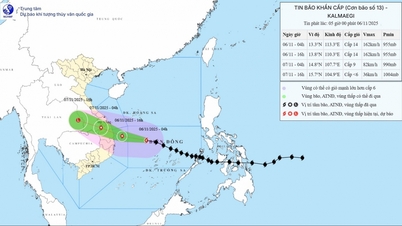



















Comment (0)